Blog Dresses
WHAT YOU NEED TO KNOW ABOUT DRESSES AS A STYLE IN FASHION
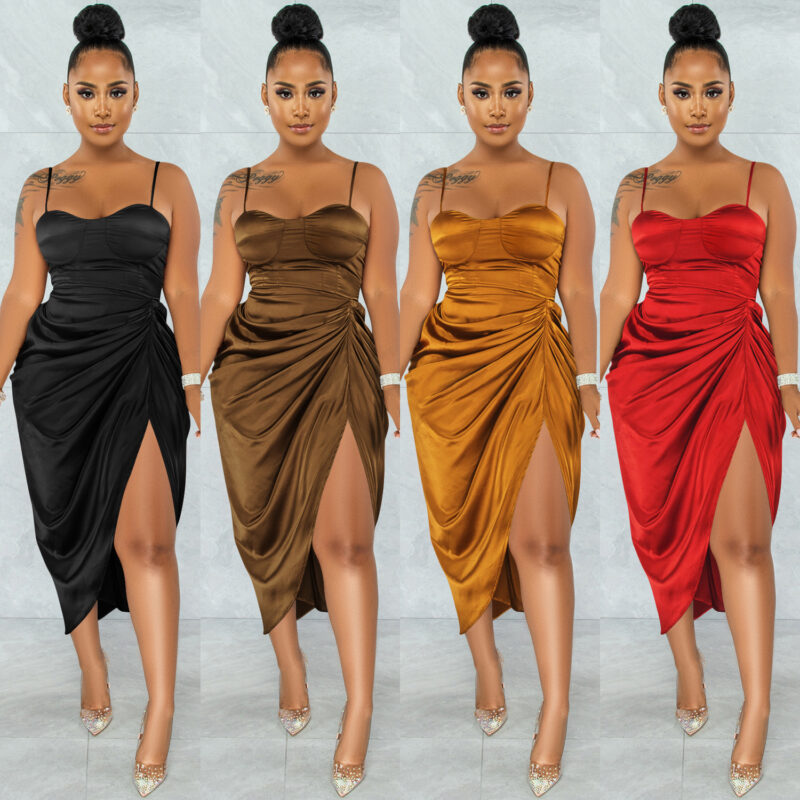
From serving as a means of covering for the body to beautify and even protection against harsh weather conditions, the importance of dresses cannot be over emphasized. The fashion world has taken us through various stages of evolution of the dress, seeing it adapted for different climates and eras. Many styles have come and gone with more still evolving, even though the pace might differ. With inspirations taken from nature, culture, religion, climatic conditions, events and a lot more, dresses keep on evolving.
Experts believe the world’s oldest dress is the Tarkhun dress, made and worn in Egypt 5000 years ago. We can trace the origin of dresses back to the beginning of humanity, when humans formed different social groups or tribes. These social groups grew into communities and cities. Which led to classification of dress as at that time to be tribes and social groups based; they are:
The Mesopotamian dresses
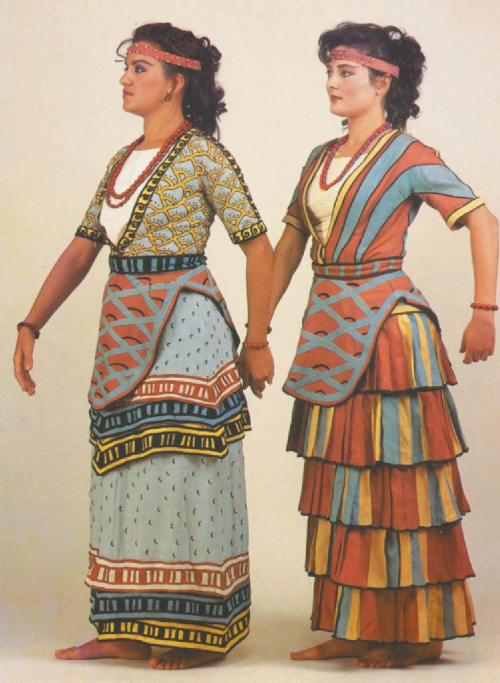
The Egyptian dress
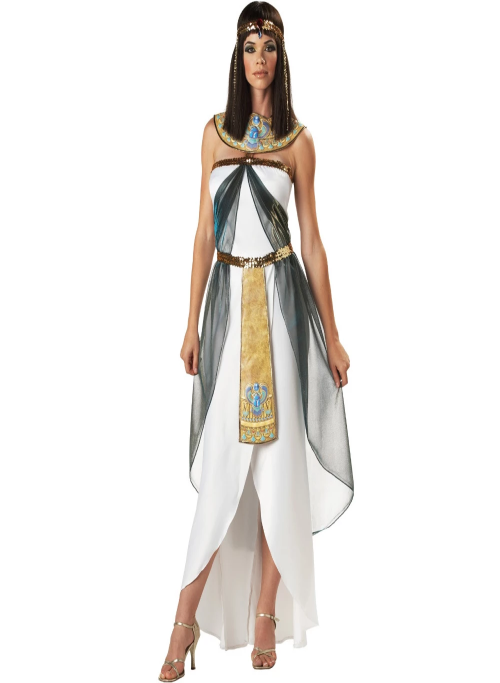
And the Minoan dresses etc.
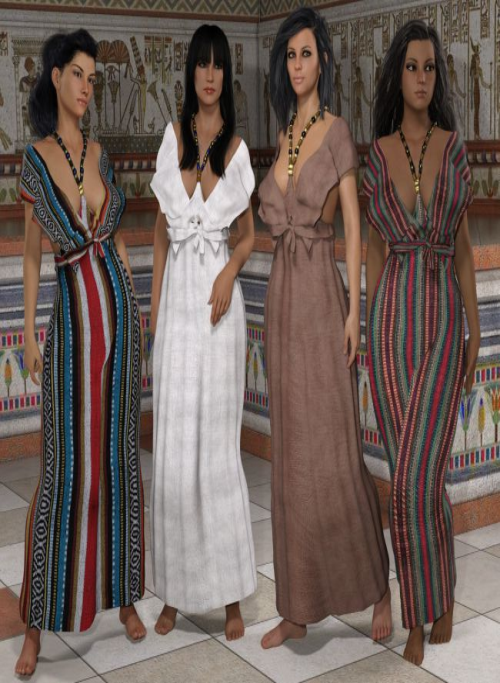
The early ages displayed similarities in fabrics and styles, the commonly used materials were sheer linen, animal skin and silk, while social status and weather were the major determining factors in fabric use and style. Draped and tailored dresses took their places as the common fashion styles, drape dresses were quite suitable for warm climates, wrapping around the body and usually not seen.
Tailored dresses, on the other hand had to go through the process of being seen, they were suitable for cold climate and sewn to fit the wearer. Tailored dresses ultimately led to the invention of bodycon and bandage dresses. Over the years, dress styles evolved drastically; beauty and elegance were paramount, with every occasion and season having it varied exotic dress trend. As dresses evolved, it did so through modification of specific parts of garments, hence trend came focusing on just the sleeves, neckline, waist, shoulders or hems of the dresses. Early century designers created intricate designs empire waist, and high necklines. Modesty was an underlying factor behind the creation of these styles, in which a lady should not show skin.
By 19th century, amazing styles thrilled the fashion scene. The century began with stunning but straight forward dress styles, and as the years went by, louder and more beautiful fashion ideas came in. Puffy sleeves and oversized silhouettes came and every part of the dress including the frames designed with step wire or whalebone to enhance the bust and enlarge the hips cinch corsets which made waist smaller was introduced later part of the 19th century as well as the Victorian dress style, although this style seemed like the most fashionable, it disappeared before the end of the 1890s.
Experts believe the world’s oldest dress is the Tarkhun dress, made and worn in Egypt 5000 years ago.
In the 20th century, moral influenced fashion, dresses were made conservative, but the emphasis on the waist remained. The century gave way for lighter materials like chiffon with ruffles, bearings, velvet sashes and feathers. By the 1920s a style revolution inspired the creation of more modern styles. Fashionable women abandoned floor length dresses for knee length dresses. After the war, in 1947 fashion moved to another level, tea length dresses with narrowed waist alongside coat dresses became the new look, complemented with a full range of accessories.
Dresses now served to enhance the female figure rather than hide it, as had been norm before. In the 1960s dress styles continue to move away from the design of their historical counterparts. The rest of the 20th century gave us sweat shirts, broad shouldered power suits, boxy blazers, flowing maxi dresses and slip dresses that we still wear today.
In our society today, we wear a wide range of styles with many exotics, filling fashion runways with mind blowing dresses. Some of these trends includes t-shirt, polo shirts, blazers, dusters, maxi dresses and lots more. Vintage fashion is a significant inspiration for trends in this century. Many retro designs are classic, meaning they stand the taste of time. Due to this, designers often throwback styles to the runway and modify them to fit in with the current times.
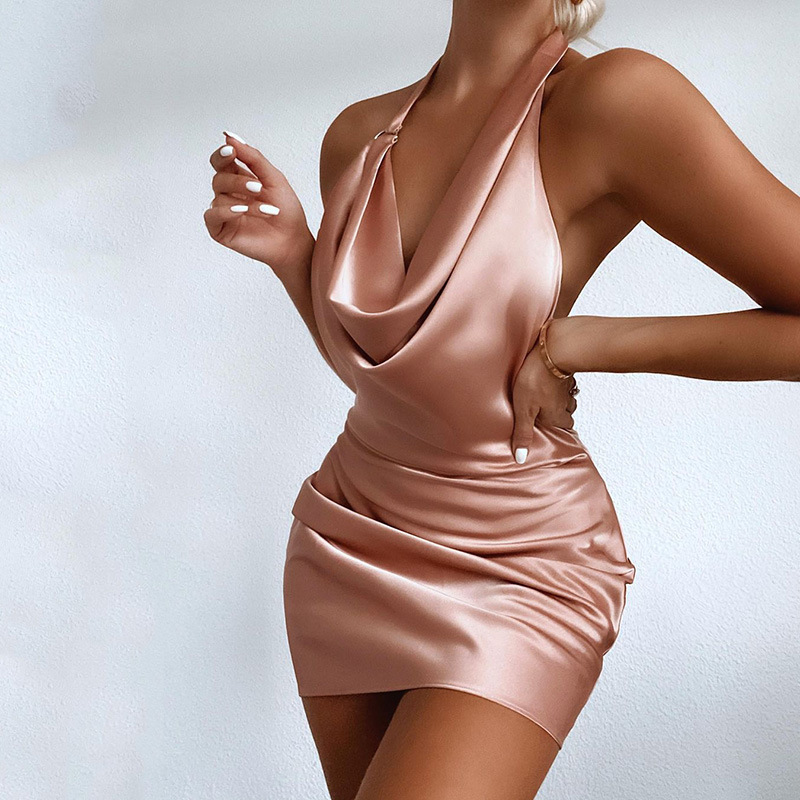
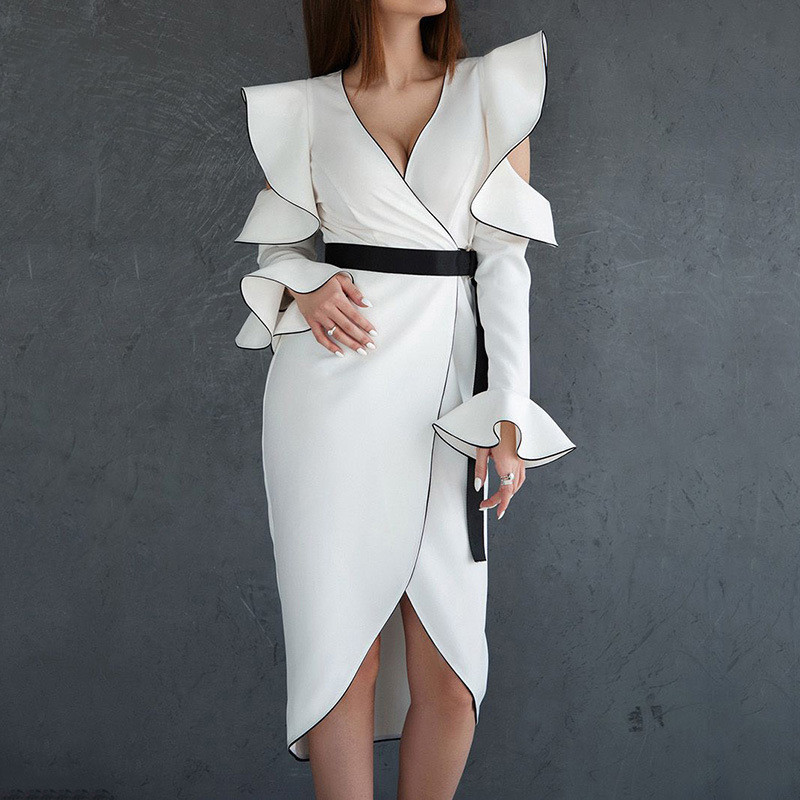
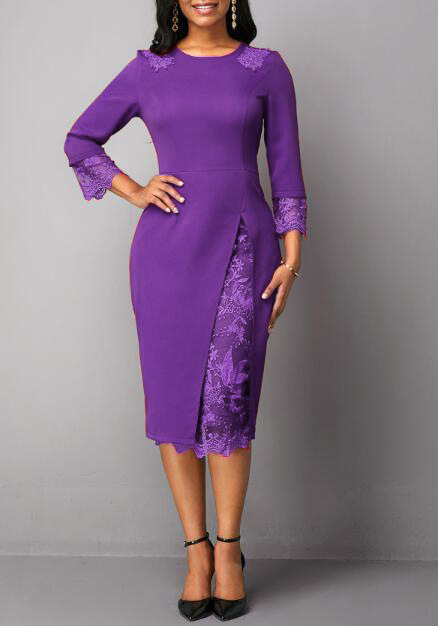
Dresses and their trends have always been and will be limitless, giving you plenty of choices in styles today. One can choose to wear a new style or go way back in time to dress retro and still look glamourous. No matter what style of dress one chooses, it will always look fashionable as long as it fits and is comfortable. And the choice might and can always invite a new trend or bring back a vintage one.




Good write-up. I definitely appreciate this website. Continue the good work!